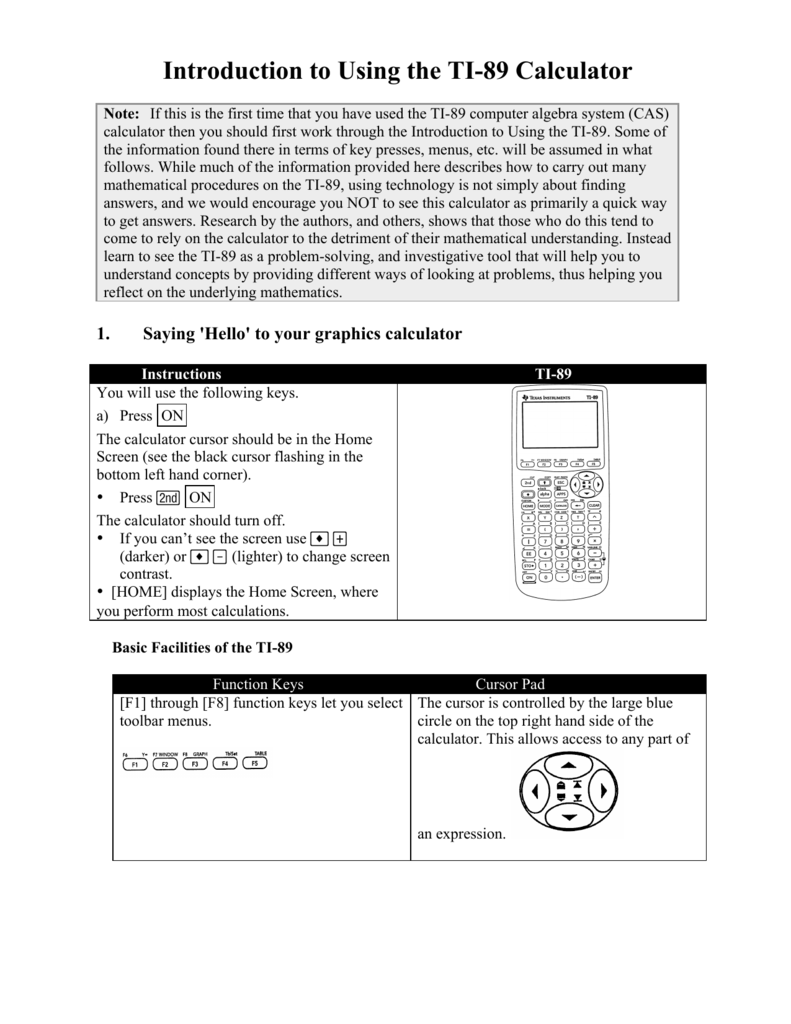

The linearization of f in all directions at once is called the total derivative.

Taking the best linear approximation in a single direction determines a partial derivative, which is usually denoted ∂ y / ∂ x. If x and y are vectors, then the best linear approximation to the graph of f depends on how f changes in several directions at once. Because the source and target of f are one-dimensional, the derivative of f is a real number. When x and y are real variables, the derivative of f at x is the slope of the tangent line to the graph of f at x. Other functions cannot be differentiated at all, giving rise to the concept of differentiability.Ī closely related concept to the derivative of a function is its differential. These techniques include the chain rule, product rule, and quotient rule. However, many other functions cannot be differentiated as easily as polynomial functions, meaning that sometimes further techniques are needed to find the derivative of a function. Derivatives and their generalizations appear in many fields of mathematics, such as complex analysis, functional analysis, differential geometry, measure theory, and abstract algebra. Equations involving derivatives are called differential equations and are fundamental in describing natural phenomena. In operations research, derivatives determine the most efficient ways to transport materials and design factories.ĭerivatives are frequently used to find the maxima and minima of a function. The reaction rate of a chemical reaction is a derivative. The derivative of the momentum of a body with respect to time equals the force applied to the body rearranging this derivative statement leads to the famous F = m a equation associated with Newton's second law of motion. In physics, the derivative of the displacement of a moving body with respect to time is the velocity of the body, and the derivative of the velocity with respect to time is acceleration. For a real-valued function of a single real variable, the derivative of a function at a point generally determines the best linear approximation to the function at that point.ĭifferential calculus and integral calculus are connected by the fundamental theorem of calculus, which states that differentiation is the reverse process to integration.ĭifferentiation has applications in nearly all quantitative disciplines. Geometrically, the derivative at a point is the slope of the tangent line to the graph of the function at that point, provided that the derivative exists and is defined at that point. The process of finding a derivative is called differentiation. The derivative of a function at a chosen input value describes the rate of change of the function near that input value.

The primary objects of study in differential calculus are the derivative of a function, related notions such as the differential, and their applications. It is one of the two traditional divisions of calculus, the other being integral calculus-the study of the area beneath a curve. In mathematics, differential calculus is a subfield of calculus that studies the rates at which quantities change.


 0 kommentar(er)
0 kommentar(er)
